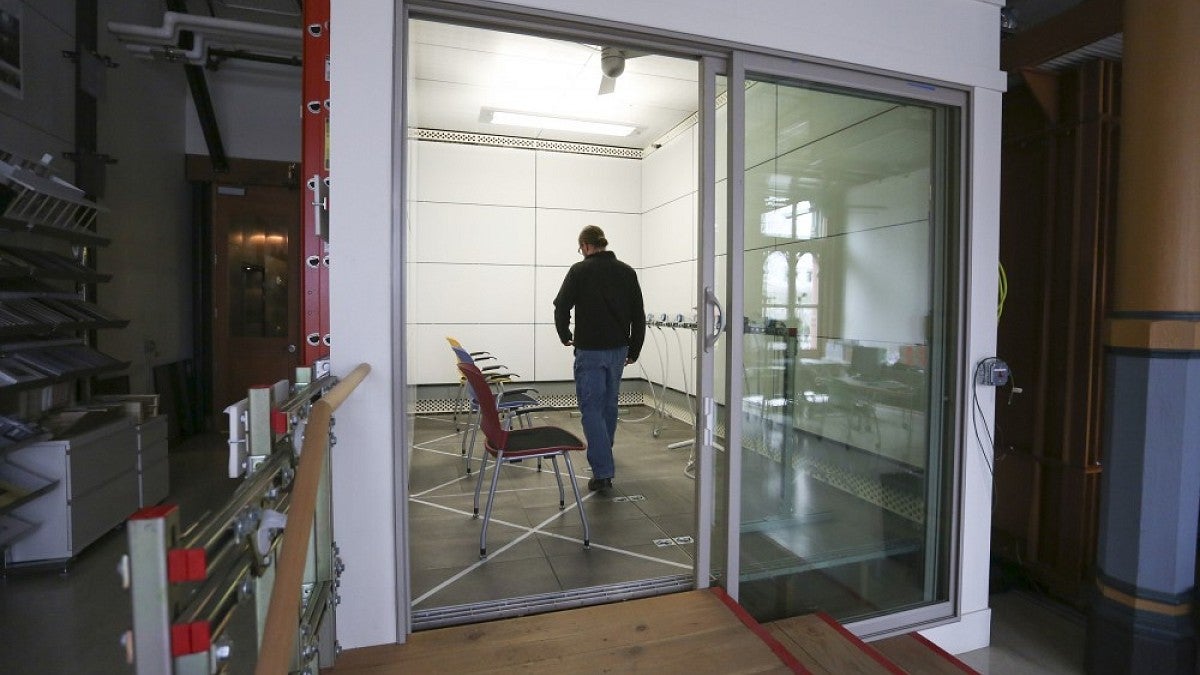Most people, if they think a surface is covered in bacteria, will go straight for the disinfecting wipes.
But as an article about UO research on the Mother Nature Network points out, scientists in the new field of urban microbiology are now saying that might not be the best approach, as it kills off bad bacteria along as well as the good — bacteria that provide a service to humans. For example, children living in high-bacteria environments generally have fewer problems with allergies and asthma than children in bacteria-free places.
“There’s momentum around this idea that nature got it right,” said Kevin Van Den Wymelenberg, an associate professor of architecture at the UO. “With the industrial revolution, development of the fluorescent light bulb, the reliable electric grid, mechanical cooling, everything changed. We all got sealed inside buildings with recycled air, which might not be as good for us as fresh air.”
For the full article, see “Will cities of the future embrace bacteria?” on the Mother Nature Network.
In addition to his teaching duties, Van Den Wymelenberg is the director of the Energy Studies in Buildings Laboratory in Eugene and Portland.


